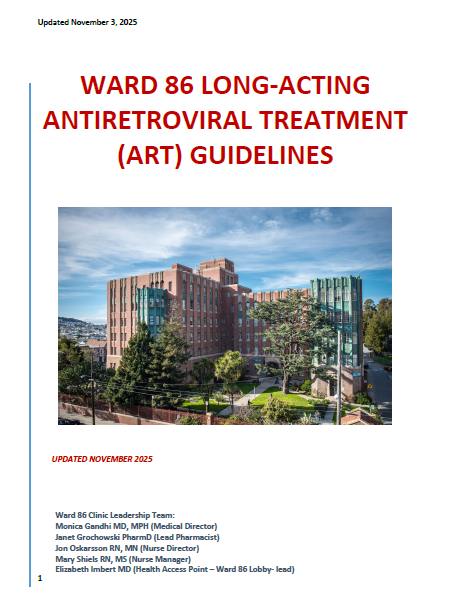Large Study of PrEP Use in Clinical Practice Shows No New HIV Infections

Study Finds PrEP Use Feasible among High-Risk Groups in U.S. Community Settings
September 20, 2015Interview: Susan Buchbinder
September 22, 2015In one of the first and largest published evaluations of the use of preexposure prophylaxis (known as PrEP) to prevent HIV infection in a clinical practice setting, researchers at Kaiser Permanente found no new HIV infections among patients during more than 2.5 years of observation. The study was published today in the journal Clinical Infectious Diseases.
“Our study is the first to extend the understanding of the use of PrEP in a real-world setting and suggests that the treatment may prevent new HIV infections even in a high-risk setting,” reported lead author Jonathan Volk, MD, MPH, physician and epidemiologist at Kaiser Permanente San Francisco Medical Center. “Until now, evidence supporting the efficacy of PrEP to prevent HIV infection had come from clinical trials and a demonstration project.”
In 2012, the U.S. Food and Drug Administration approved a fixed-dose treatment of the antiviral drugs emtricitabine and tenofovir for daily use in combination with safer sex practices as a way of preventing HIV infection in people who do not have HIV, but are at high risk of getting it. When someone is exposed to HIV through sexual activity or injection drug use, these medications in a single pill, known commercially as Truvada, can keep an infection from becoming permanent.
Over the 32-month observation period at Kaiser Permanente San Francisco Medical Center, there were 1,045 referrals for PrEP and 657 people who began the PrEP regimen. The average length of use during the study period was 7.2 months, resulting in 388 person-years of observation of PrEP use. The average age of PrEP users was 37, and 99 percent were men who have sex with men. Compared with people who did not use the PrEP protocol, users were more likely to report multiple sex partners, and were not more likely to report having an HIV-infected sexual partner.
Of 143 patients who were asked about behavior change after six months of PrEP use, the number of sexual partners was unchanged in 74 percent, decreased in 15 percent, and increased in 11 percent. Condom use was unchanged in 56 percent, decreased in 41 percent, and increased in 3 percent.
At six months after initiation, 30 percent of PrEP users had been diagnosed with at least one sexually transmitted infection, or STI. At 12 months, 50 percent of PrEP users had been diagnosed with any STI; 33 percent had a rectal STI, 33 percent had chlamydia, 28 percent had gonorrhea, and 5.5 percent had syphilis.
“Without a control group, we don’t know if these STI rates were higher than what we would have seen without PrEP,” said co-author Julia Marcus, PhD, MPH, postdoctoral fellow at the Kaiser Permanente Division of Research. “Ongoing screening and treatments for STIs, including hepatitis C, are an essential component of a PrEP treatment program.”
According to senior author Bradley Hare, MD, director of HIV Care and Prevention at Kaiser Permanente San Francisco, people on a PrEP regimen should be tested frequently for STIs and monitored closely for HIV infection, as well as for side effects of Truvada, including changes in kidney function.
While researchers observed that demand for PrEP is growing among men who have sexual encounters with men, they also underscored the need for outreach to others at risk for HIV, including transgender women, heterosexual men and women, and people using injection drugs.
Other authors of the study include Tony Phengrasamy, PharmD, Derek Blechinger, MD, Dong Phuong Nguyen, PharmD, and Stephen Follansbee, MD, of the Kaiser Permanente San Francisco Medical Center Department of Adult and Family Medicine.
Source : Kaiser Permanente


